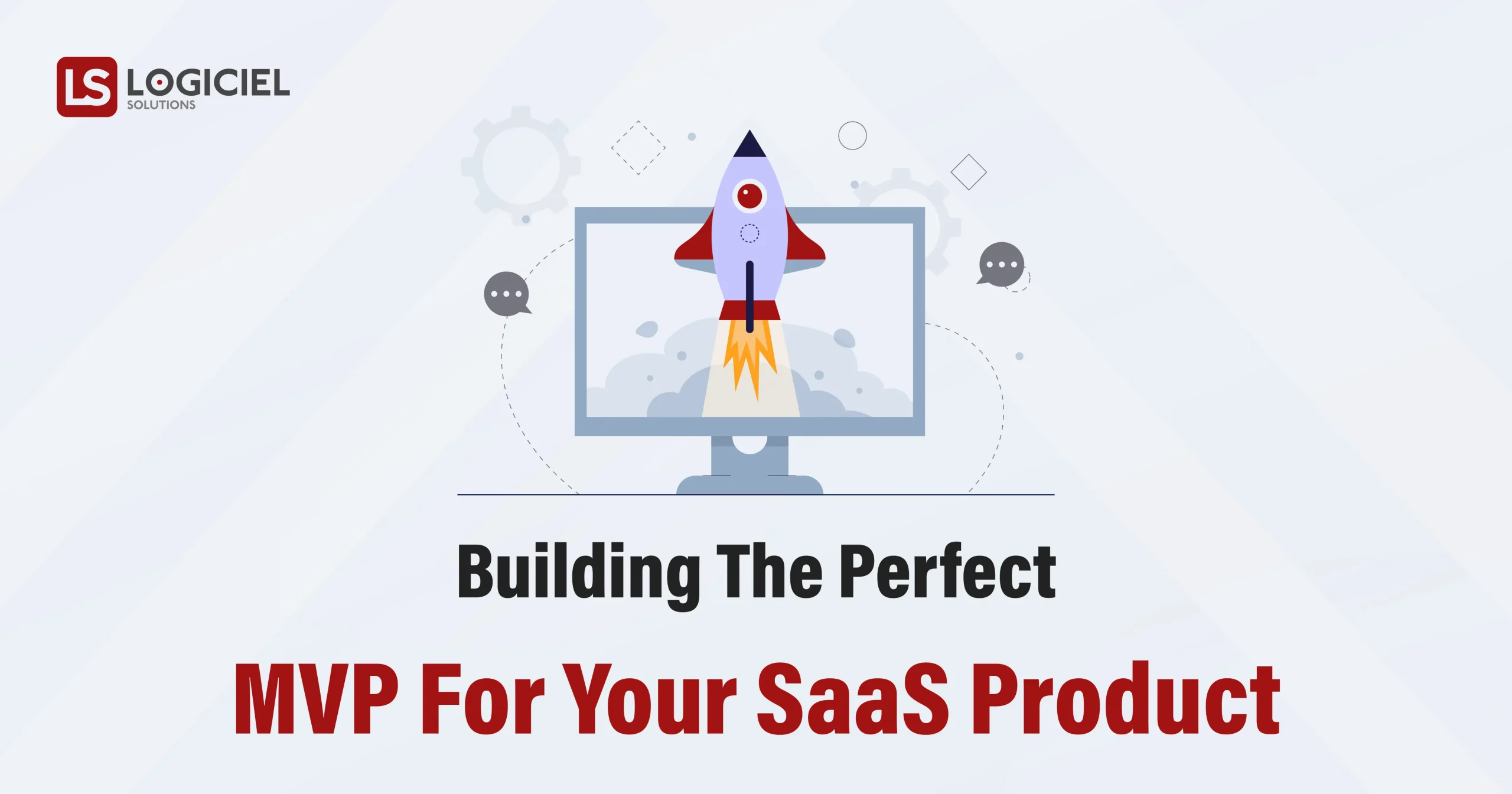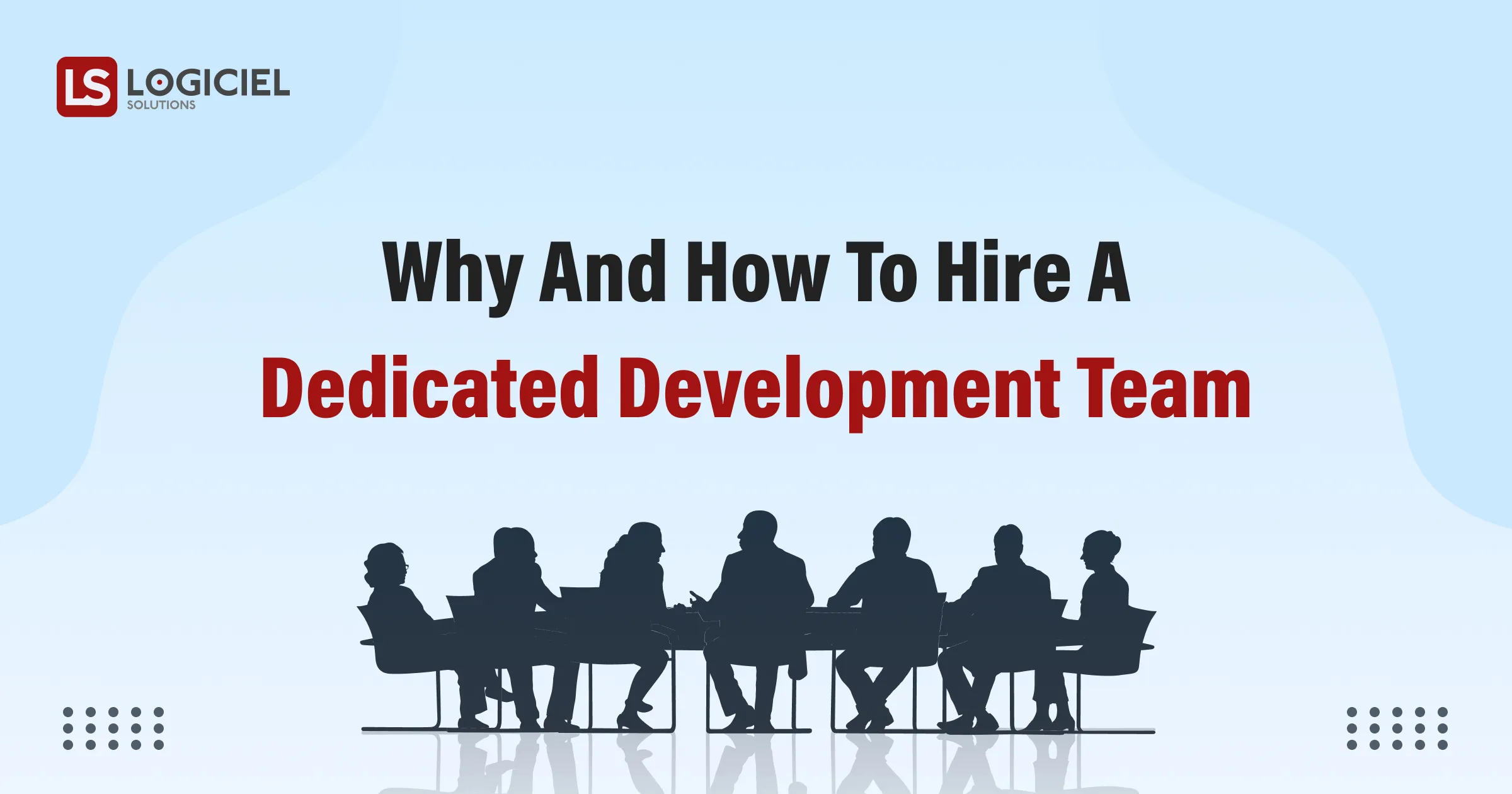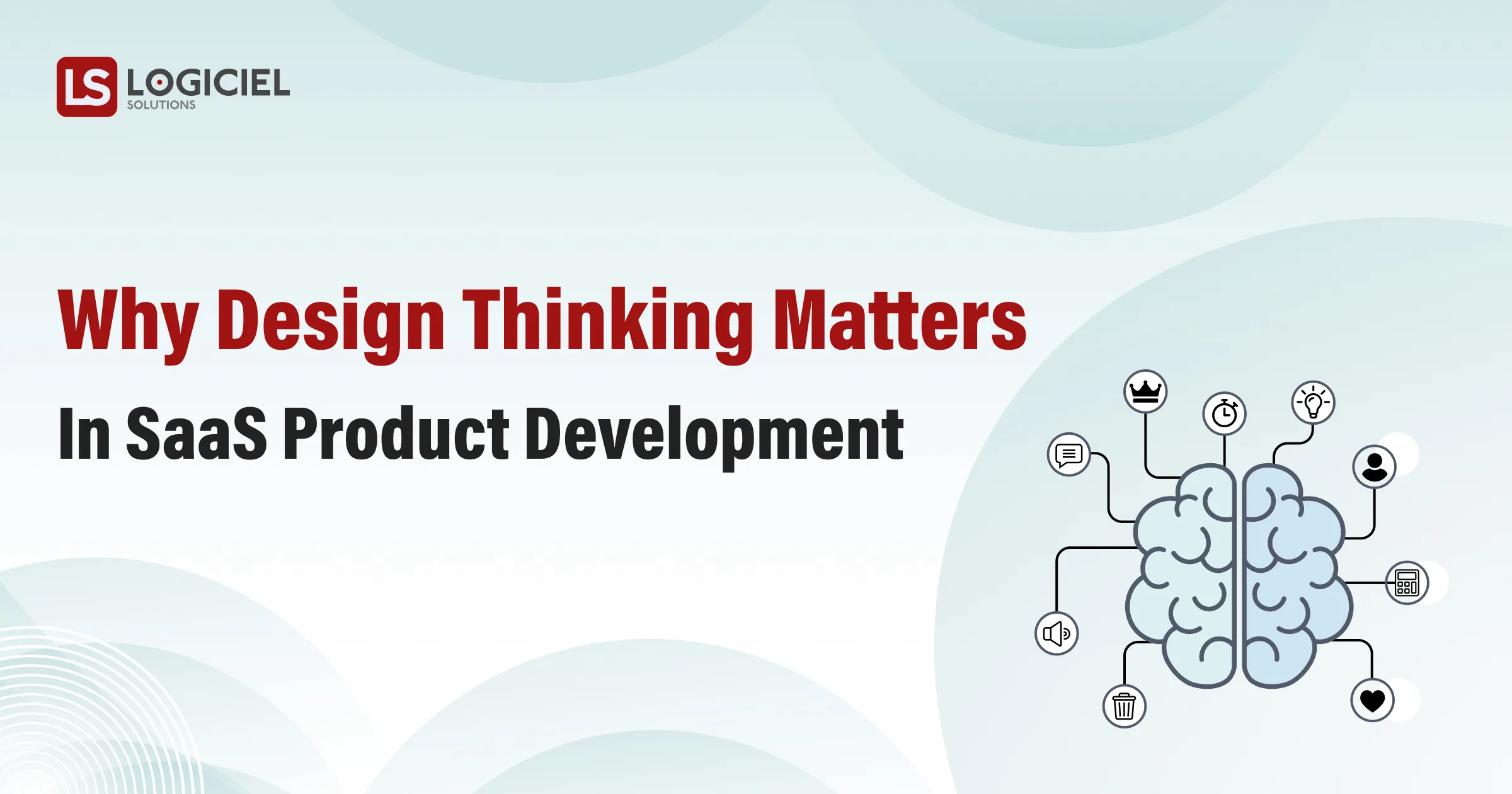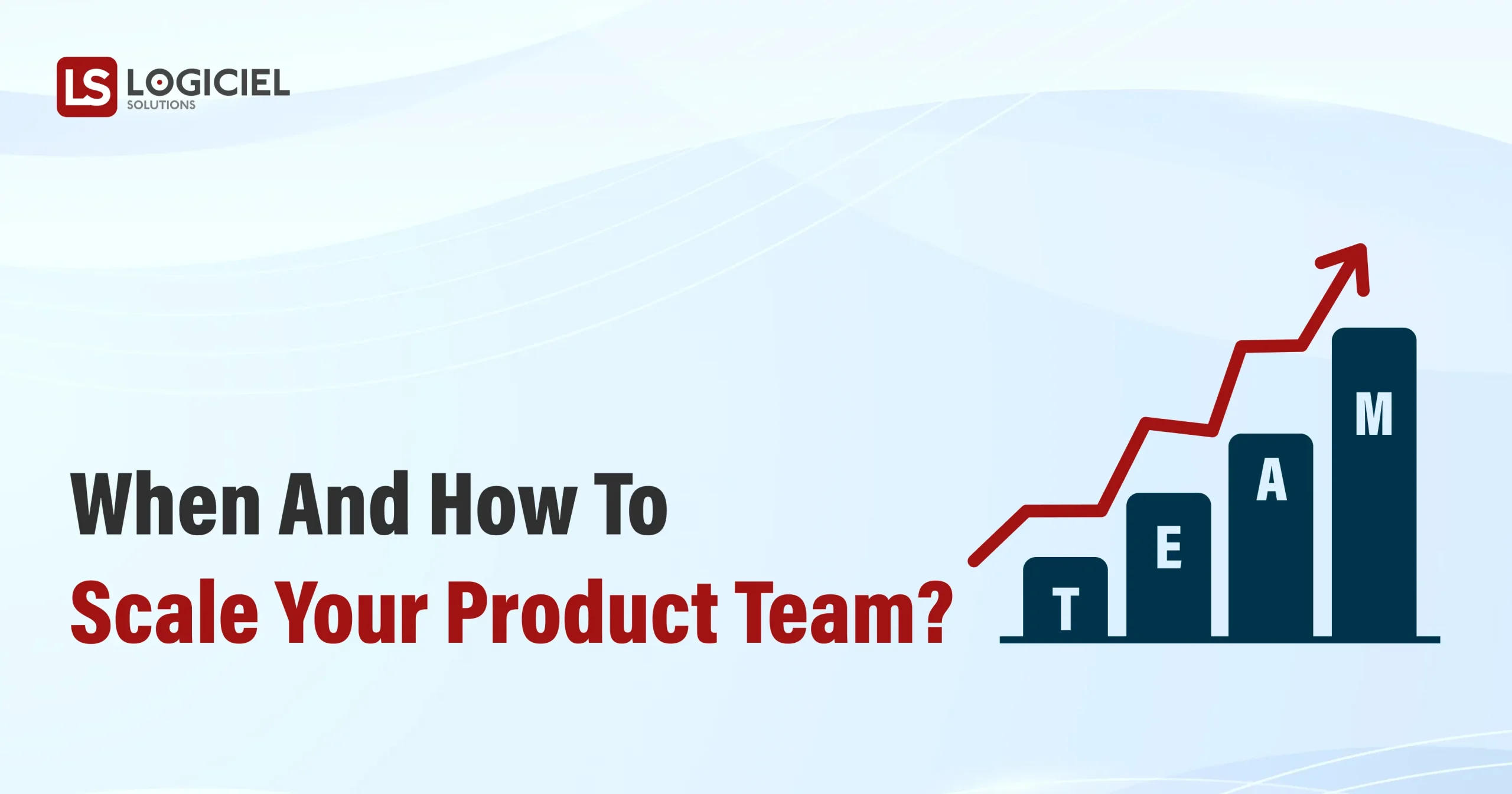- Validates your business concepts.
- Verifies the target market.
- Find out potential customers.
- Develops monetization strategies.
- Tests usability.
- Early investments.
It provides in-depth information and actionable insights to turn your wheel in the right direction. So, let’s begin to know what it takes to attain a disruptive MVP!
Identify Core Features
MVP focuses on the primary solution you are offering – the product’s core features. It thoroughly analyzes how your customers deal with it; other essential features can be developed further in the later iterations in response to user feedback and market trends.
You can create a list specifying the features you must introduce in your MVP, those that can be added later, and those that are entirely out of scope.

Identifying the unique value proposition of your product, making it stand out from the competition, can help you decide on the core features. Let’s talk about Instagram, designed to share experiences with friends at different locations. Overnight, 2,500 users signed up, though some needed help to use a couple of the more complicated features. Photo sharing, however, was a huge success.
In 2010, Facebook (Meta) dominated social networking sites but provided limited photo editing options. Instagram founders took advantage of the opening and eliminated all other features save for photo sharing with filters and more fabulous editing tools. Over time, Instagram evolved, and today it has billions of users and is widely used in the digital sphere.
Your unique value proposition can be a game-changer. It can be distinct from the goal you established earlier but will make you stand on the pedestal of success.
Identify Your Unique Value Proposition
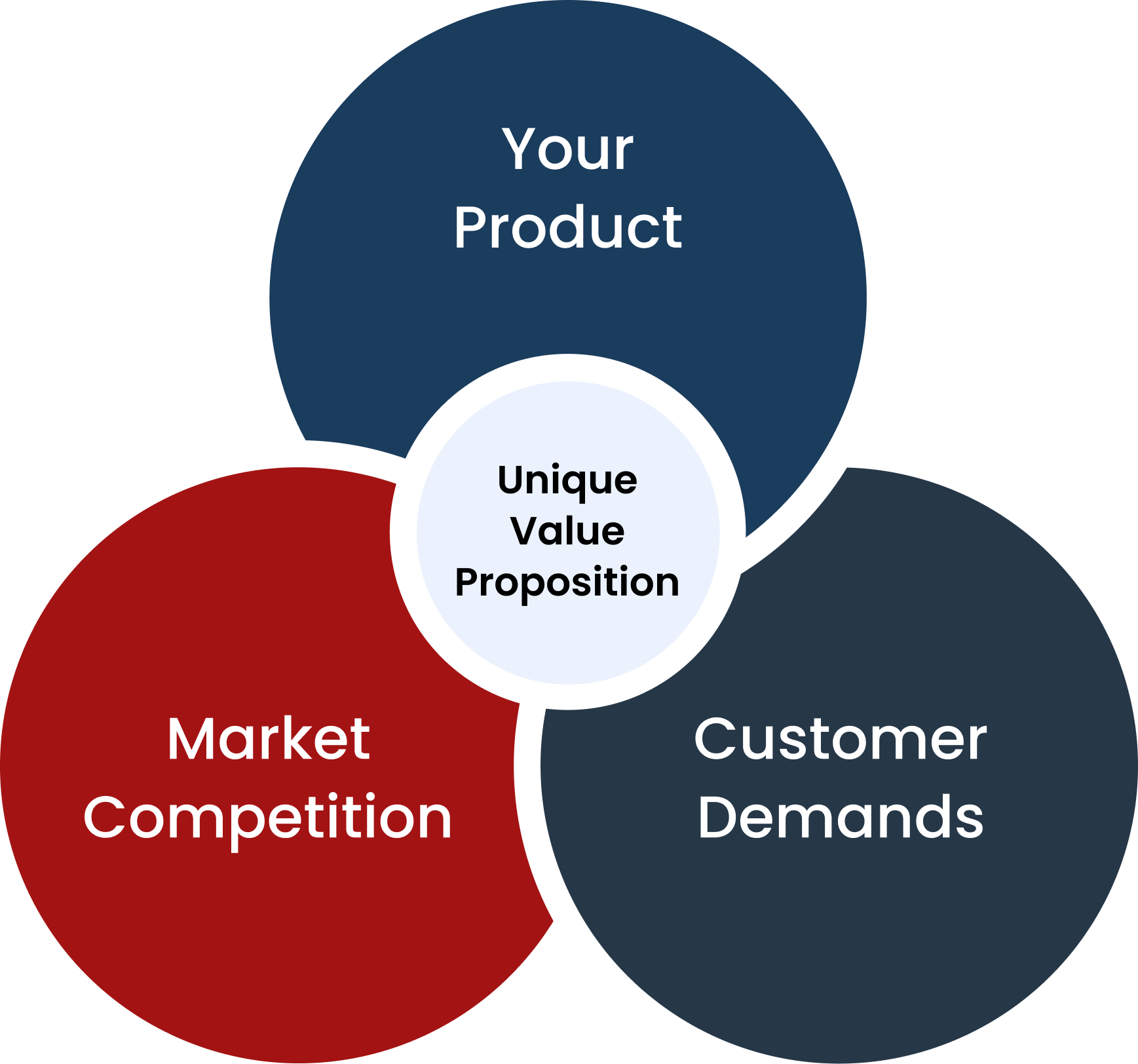
Choosing the right approach
When building an MVP, focusing on delivering value rather than solely emphasizing features is crucial. This approach depends on both the solution you are offering and the resources available.
No-Code MVP
Develop a functional prototype without the need for coding. Numerous platforms exist that allow you to create an MVP, providing an excellent approach to validating your concept with minimal investment.
Mockup MVP
Generate a visual representation of your product using wireframes and interactive prototypes. You can validate your concept by working on the front end with basic functionality.
Single-Feature MVP
Introduce your MVP with a key feature that caters to your customers’ needs. Continuously iterate and enhance it by adding planned features and incorporating user feedback.
User Flow Mapping
Visualize the steps users must follow to derive value from your MVP. You can create sketches that illustrate the flow and usage of the first version of your product.
Preparing To Launch
Your users will interact with your product for the first time, and its market viability will be tested. It is a jittering moment!
You can go for one of the three launch types – soft launch, hard launch, and dark launch; let’s explore these options in more detail to help you make an informed decision for your MVP.
Soft Launch
It is a quiet launch with no market push; the product is introduced to the primary segment of the target audience – the early adopters of your app. Users interact with your solution, providing valuable feedback enabling you to tackle challenges they encounter and identifying features they find enjoyable. Through this iterative process of improvement, you gradually expand your user base.
Say, “Slack,” a messaging app for businesses, sixty-five of the Fortune 100 companies are using; before its official release in 2014, Slack conducted a beta testing phase with a small group of a niche audience. The founders of Slack attribute much of the app’s success to their unwavering focus on customer feedback, placing it at the core of all their efforts.
Additionally, by implementing the preview approach, you can meticulously analyze customer acquisition and retention metrics empowering you to make informed decisions regarding positioning unique value propositions, marketing strategies, and product enhancements.
Hard Launch
It is a big event! You are launching your product all at once to a broader audience. Although it may not fully align with the concept of an MVP, it allows for subsequent modifications, additions, and eliminations of features.
A hard launch demands substantial time and meticulous preparation, as the reputation of your product is at stake. As the saying goes, “The first impression is the last impression.” Opt for a hard launch when you have complete confidence in your product’s performance and rightful place in the market. This approach is predominantly chosen by well-established enterprises seeking a comprehensive release strategy.
By way of example, an integrated Customer Relationship Management (CRM), “Salesforce,” – in 1999, was a full-scale release to a broad audience. Initially, the company faced the challenge of convincing potential customers to adopt a cloud-based solution at a time when traditional on-premises software was dominant.
However, Salesforce overcomes this challenge by highlighting the advantages of its cloud-based CRM, such as scalability, accessibility, and seamless updates. Through targeted marketing efforts, robust customer support, and continuous innovation, Salesforce successfully established itself as a leading CRM provider, reshaping the industry and garnering widespread adoption. The company’s strategic approach to a hard launch was pivotal in its success.
Dark Launch
The last approach entails releasing new features to a subset of your user base; follow this approach to evaluate users’ responses and determine whether the latest features are well-received or need to be modified or scrapped.
Introduced features must add value to your product; unnecessary options will only complex the process of accomplishing tasks on your platform.
“Netflix,” a prominent example of successfully utilizing the dark launch approach; when it started producing original content, they initially released the shows to a smaller user base segment allowing them to assess the response to these new offerings closely.
By analyzing viewing patterns, ratings, and user feedback, Netflix was able to refine its content strategy and determine which shows resonated the most with its audience.
It helped Netflix overcome the challenges of content selection and ensure that its original programming was a hit, contributing significantly to the company’s continued success in the streaming industry.
How is your MVP performing?
The MVP aims to collect data-driven insights about how users interact with your offering and how well it works to solve problems in order to shape its future development. To know how your MVP is working, you should:
Collect Valuable Insights
Connect directly with your customers and collect honest feedback regarding your product. How do they feel about it?
You can conduct one-on-one interviews with your potential users or go for structured surveys and adopt the approach that best aligns with your objectives.
Evaluate Key Performance Indicators (KPIs)
Select usage metrics for your product and some standard benchmarks that most companies use:
Conversion Rate: Monitors the proportion of users who complete a desired action, such as signing up for a trial or subscribing to a service. It helps assess the effectiveness of your MVP in driving user conversions.
Retention Rate: Checks the number of users who continue to use your MVP over a specific period of time. A high retention rate indicates user satisfaction and loyalty, while a low rate may indicate areas for improvement or user churn.
Customer Acquisition Cost (CAC): Calculates the cost associated with acquiring each new customer for your MVP. It factors in expenses related to marketing, advertising, and sales efforts. Monitoring CAC helps you understand the efficiency of your acquisition strategies.
Net Promoter Score (NPS): Measures the likelihood of users recommending your MVP to others. It is obtained through user surveys and provides insights into user retention and fulfillment.
Revenue or Profitability: Tracks your MVP’s revenue or profitability can indicate its financial success and sustainability.
Do’s & Don’ts

Short Wrap Up
Do not chase perfection; what may seem perfect to you may require further refinement from your users’ standpoint.
Always bear in mind that an MVP is intended to validate assumptions and gather feedback rather than being a fully polished product.
Resist the temptation to obsess over every detail and remain focused on delivering value and gaining insights from user interactions.
Embrace the process of growth and evolution, for it is through these iterations that your MVP will truly shine.

